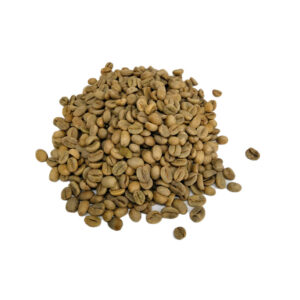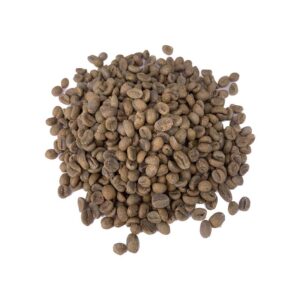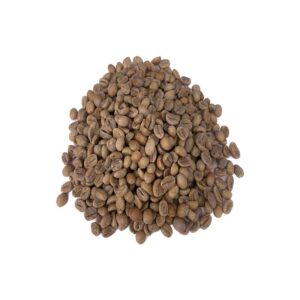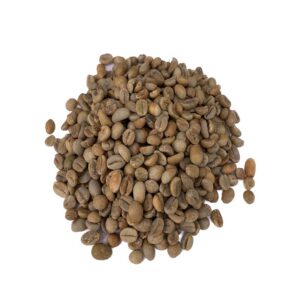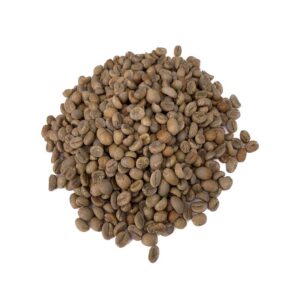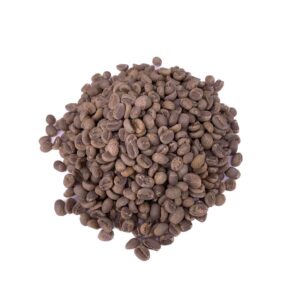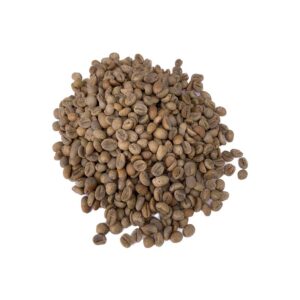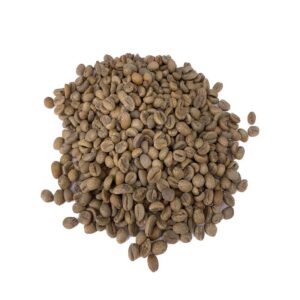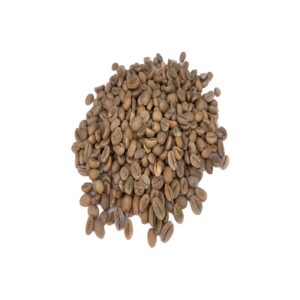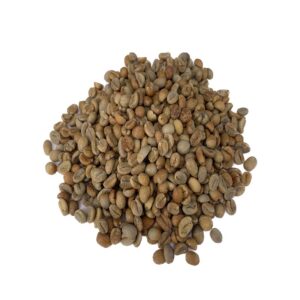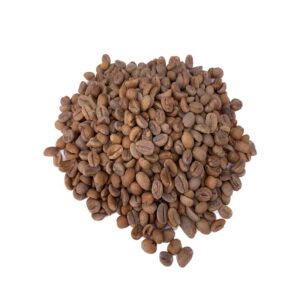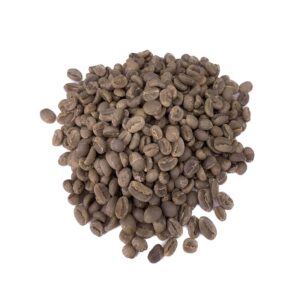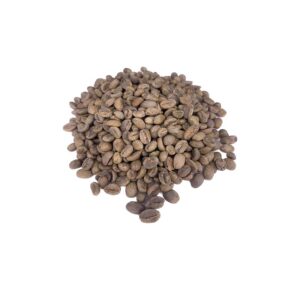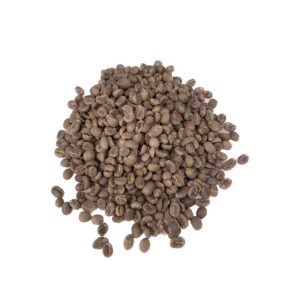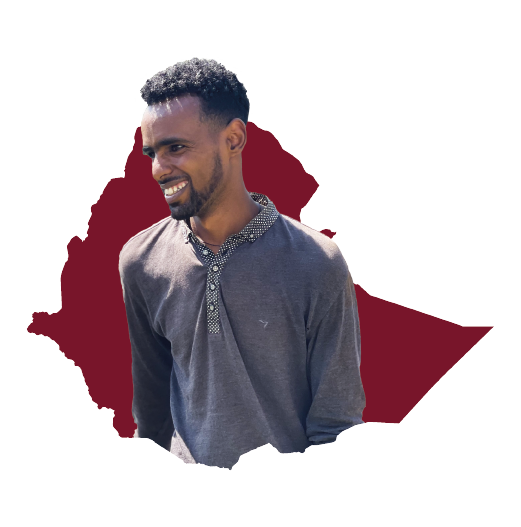

Ethiopia is located in the so-called Horn of Africa and its geographical feature is the Ethiopian High Massif, the country has an area of 1.10 million km² and is home to 112.08 million inhabitants. Its coffee landscape includes high altitudes from sea level, volcanic valleys and fertile land thanks to the abundant rainfall that helps the development of coffee cultivation.100% Arabica species. Legend has it that a shepherd named Kaldi was the one who discovered coffee cherries because of the behavior of his sheep after having eaten them. Ethiopia is the cradle of coffee, the beginning of its cultivation dates back to the XV century and its exports began in the XVII century. and its exports began in the 17th century.
Coffee in Ethiopia today is one of the country’s main sources of income, generating some 15 million jobs. and exports more than 8 million bags annually. Ethiopia’s coffee-growing region is characterized by its varied production methods that respect the environment.The crop is generally cultivated in the shade and different harvesting systems are used.more than 80% of the crops grown in ‘garden coffees’ in the country, i.e. they grow them at home and when the cherries are ripe they sell them for profit. where they are processed and sold as coffees from that region without a specific producer, since they are micro-producers. This factor often affects the complete traceability of the lots, since many of these lots are sold through the ECX. The ECX (Ethiopian Commodity Exchange) is an auction system where most of the country’s coffee is traded.
Coffee in Ethiopia forms part of the country’s cultural identity, together with its coffee-growing landscapes and ancestral traditions, In Ethiopia coffees grow at altitudes between 1,200 and 2,000 meters above sea level, The traditional process used to process their coffees is washing, which brings out the floral and bright profiles of the coffees, although the natural process is also used, which provides ripe fruit nuances. The challenge for most coffee producers in Ethiopia is to be able to obtain better benefits related to the production and marketing of their coffees.
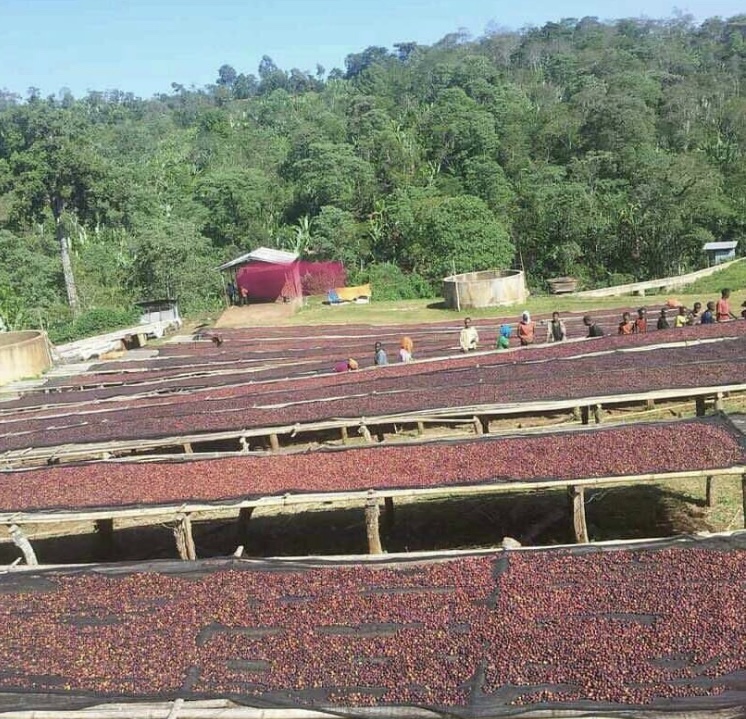
The coffee growing region of Guji has 3 coffee growing districts, including Nagele, Shakiso Bore and Dila Adola. Guji is home to more than 1.39 million inhabitants and covers an area of 18,577 km².
Coffee Cultivation ranges from half a hectare to 1.5 hectares. The most cultivated Varietals are Heirloom and Typica , Guji is the 3rd most cultivated coffee region in the country.
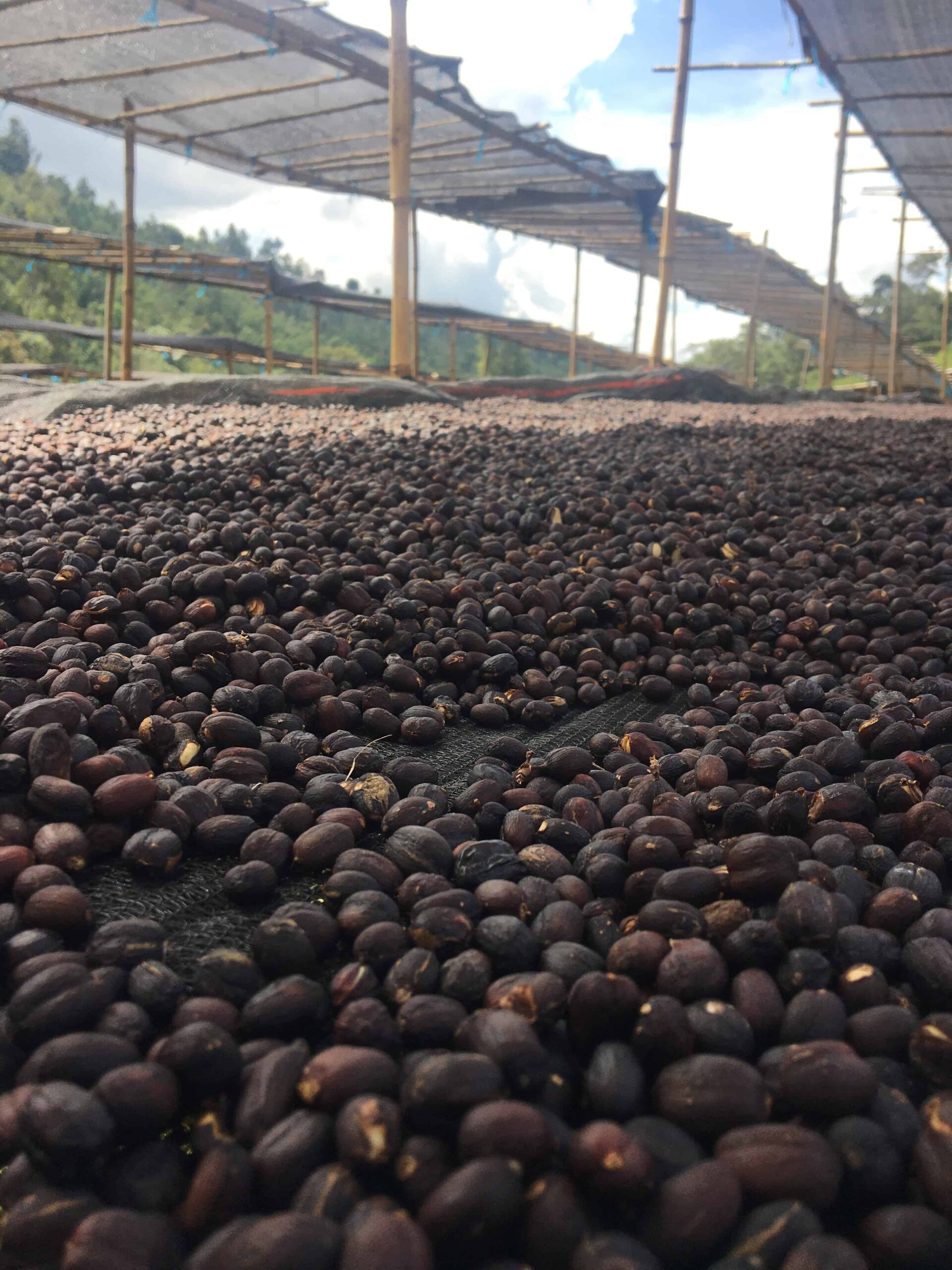
The coffee growing region of Jimma has 10 coffee growing districts where approximately 2.4 million inhabitants live and has a surface area of 15,568 km².
Jimma cultivates Coffee of the Arabica variety of the Heirloom Variety andis the 4th largest coffee growing region in the country.
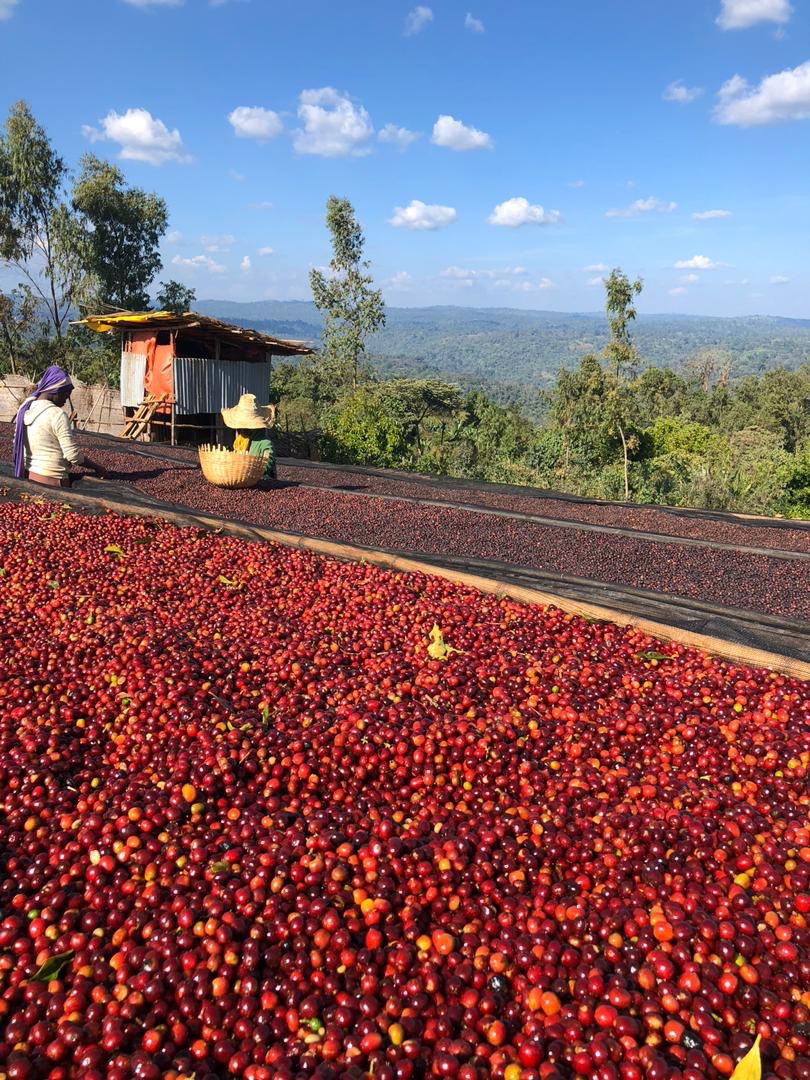
The coffee growing region of Sidama has 19 coffee growing districts home to 3.2 million inhabitants and covering an area of 12,000 km, these districts are home to more than 90,000 families that cultivate approximately 8,000 hectares of Arabica coffee of Variety 74158, 74110 and 74112.
Sidama occupies the 1st place as the country’s coffee growing region with a production of 22.05% of the country’s total production.
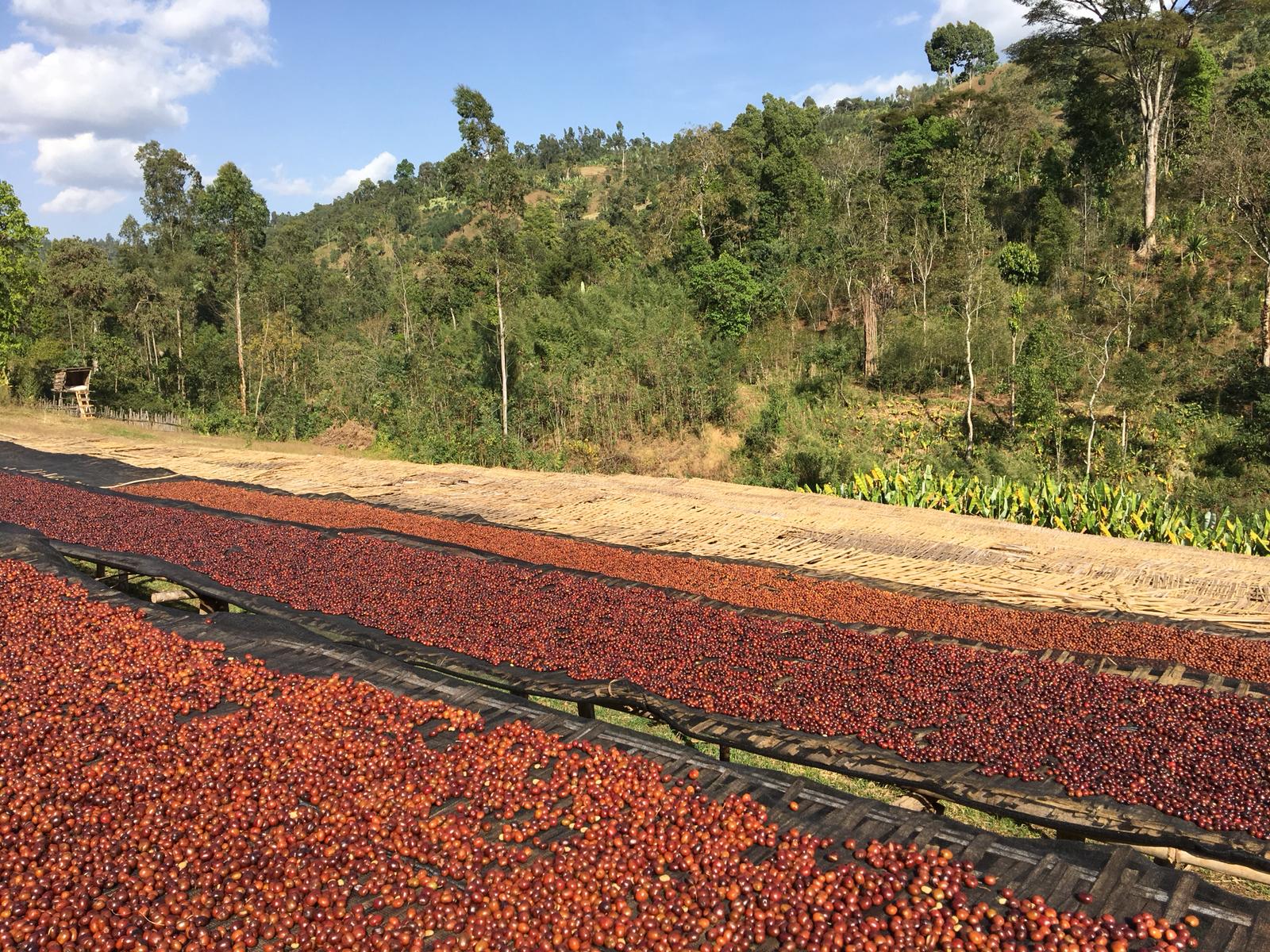
The coffee-growing region of Yirgacheffe has 6 coffee-growing districts with a surface area of 1,211 km² and a population of approximately 614,007 inhabitants.
These districts are home to more than 45,000 families that cultivate approximately 60,000 hectares of Coffee of the Arabica variety of the Kurume and Heirloom varietals, occupying the 2nd place as the country’s coffee growing region.
